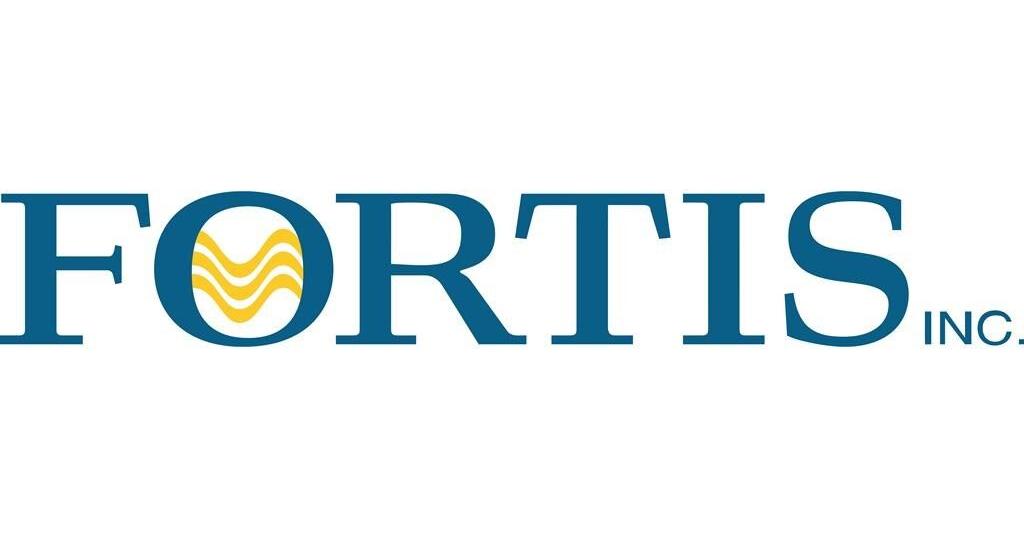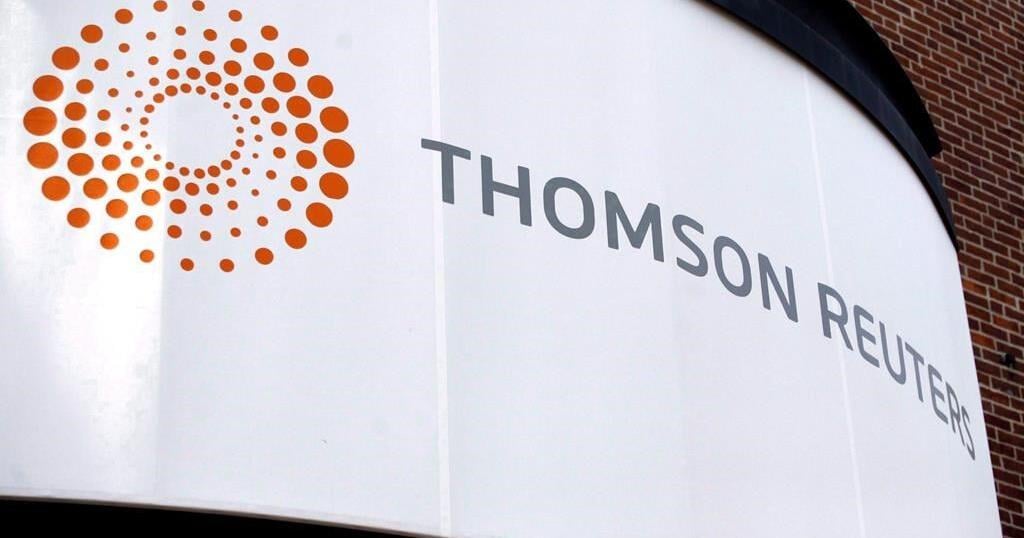Brent Crude prices have held above $80 per barrel for most of February, with signs pointing to a tightening in the physical market as OPEC+ production cuts continue and the rerouting of cargoes away from the Red Sea and the Suez Canal drags on.
European refiners are looking for Atlantic Basin cargoes as arrivals from the Middle East are being delayed by at least two weeks with the longer route via the Cape of Good Hope that tankers have to make to reach the Mediterranean and Norwest Europe.
As a result, prices for North Sea and West African crude grades have increased this month, supporting Brent Crude prices above $80 a barrel and deepening the backwardation in the futures curve.
Backwardation typically occurs at times of market deficit, and in it, prices for front-month contracts are higher than the ones further out in time. The deeper backwardation curve suggests the market is tightening, analysts say, noting that the supplies may be tighter than market sentiment and price action imply.
Lower production and exports this quarter from the OPEC+ producers, led by the biggest exporters from the Middle East, are also supporting oil prices in the months when global oil consumption is typically lower.
OPEC+ producers can’t feel bad about that—oil prices are holding above $80 a barrel this month, defying earlier analyst projections of weak prices and oversupply on the market at the start of 2024. Related: Start-Up at BP’s West African LNG Export Project Slips Again to Q4
The tighter market is not all OPEC’s work, though. Disruptions to Red Sea/Suez Canal traffic have played a major role in the run-up of prices of Atlantic Basin crudes and higher refining margins so far this year.
The average margins for refining diesel and gasoline in Europe jumped to their highest levels in months in January, to $34.30 and $11.60 per barrel, respectively, according to estimates by Reuters.
Moreover, longer voyages for crude oil from the Middle East have raised Europe’s demand for crude oil from closer destinations, resulting in higher prices for the Nigerian grades, with the top African OPEC producer now selling its crude cargoes faster, according to traders.
“While global crude balances are getting longer (seasonally) in February and March, increased levels of Red Sea shipping diversions are keeping the market tight – as more oil is put on ships, leaving less available on land,” analysts at consultancy FGE wrote in a note on Friday.
The rerouting of crude cargoes around the Cape of Good Hope has picked up so far this month, with the volume of diversions reaching a fresh peak of 1.6 million barrels per day (bpd) in the first week of February, according to FGE.
“The bulk of the diversions remain focused on westbound flows of Middle Eastern crude destined for Europe. Indeed, out of eight cargoes of Iraqi crude bound for Europe loaded in the first 10 days of February, six have been diverted away from the Red Sea via the Cape of Good Hope,” said FGE analysts.
Europe’s crude oil imports from Iraq slumped at the beginning of this year, “definitely aggravated by the Red Sea transit risks, which caused most tankers carrying Iraqi crude to Europe to sail via the Cape of Good Hope (COGH) as opposed to the Suez Canal,” Armen Azizian, Senior Oil Risk Analyst at Vortexa, wrote in an analysis last week.
On the other hand, India’s imports of Iraqi crude hit an estimated 1.15 million bpd in January, the highest level observed since April 2022, according to Vortexa data.
India is close to one of its top oil suppliers, Iraq, while the world’s third-largest crude importer is also looking to replace lost Russian oil due to payment issues with the stricter enforcement of the sanctions against Moscow.
U.S. benchmark oil prices are also supported by higher demand for American crude in Europe due to the Red Sea disruption to flows.
The arbitrage for U.S. crude to Europe improved in late January-early February, as the MEH/Brent differential remained wide while transatlantic freight was reduced, FGE said. But with the higher European buying of U.S. crude, the arbitrage has started to close up in recent days, suggesting that the current strength in WTI futures structure could be short-lived, FGE analysts reckon.
By Tsvetana Paraskova for Oilprice.com
More Top Reads From Oilprice.com:




























